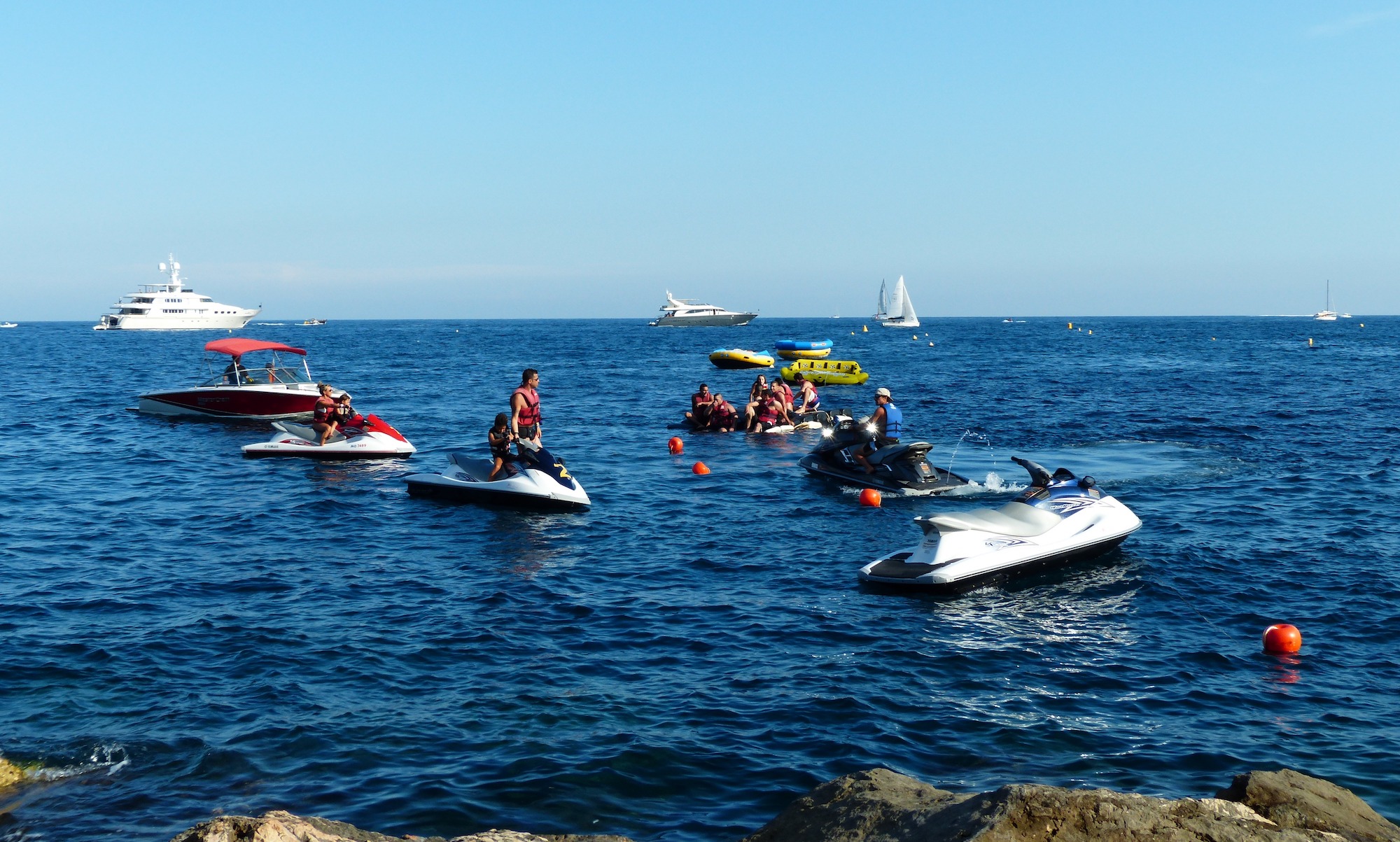06/05/2016
In an article from the Journal of Forensic Sciences 58(1) · August 2012, titled Forensic Epidemiologic and Biomechanical Analysis of a Pelvic Cavity Blowout Injury Associated with Ejection from a Personal Watercraft (Jet-Ski), the authors begin with a summary of the PWC propulsion system and the biomechanical analysis of the injury mechanism for (what they refer to as) “anovaginal ‘blowout’ injuries”. They write as follows:
“Jet-propelled personal watercraft (PWC) or jet-skis have become increasingly popular. The means of propulsion of PWC, which is a jet of water forced out of small nozzle at the rear of the craft, combined with a high risk of falling off of the seat and into close proximity with the water jet stream, raise the potential for a unique type of injury mechanism. The most serious injuries associated with PWC falls are those that occur when the perineum passes in close proximity to the jet nozzle and the high-pressure water stream enters the vaginal or rectal orifice. We describe the forensic investigation into a case of an anovaginal ‘blowout’ injury in a passenger who was ejected from the rear seat position of a PWC and subsequently suffered life-threatening injuries to the pelvic organs. The investigation included a biomechanical analysis of the injury mechanism, a summary of prior published reports of internal pelvic injuries resulting from PWC falls as well as other water sports and activities, and a comparison of the severity of the injuries resulting from differing mechanisms using the New Injury Severity Score (NISS). The mean (±standard deviation [SD]) NISS values for reported PWC injuries [not including the NISS of 38 in this case study] were 11.2 (±9.5), while the mean value for reported water-skiing falls was half that of the PWC group at 5.6 (±5.2). It was concluded that the analyzed injuries were unique to a PWC ejection versus other previously described non-PWC-associated water sport injuries. It is recommended that PWC manufacturers help consumers understand the potential risks to passengers with highly visible warnings and reduce injury risk with revised seat design, and/or passenger seat ‘deadman’ switches.”
While revising the seat design is certainly among the viable options PWC manufacturers have at their disposal for eliminating internal orifice injuries, it would seem as though the same cannot be said of passenger seat deadman switches. Indeed, in order for a passenger seat deadman switch to be a viable option, there would have to be some mechanism in place that allowed the driver to retain control over the direction of the watercraft despite the engine being shut down due to passenger ejection.
Off-Throttle/Off-Power Steering Systems
Once a bold new idea, off-throttle steering systems have become commonplace in today’s personal watercraft. Originally conceived as a solution to the loss of steering control when thrust stops flowing through the pump — such as when a panicked rider releases the throttle and attempts to make an abrupt turn to avoid an object in their path — OTS systems began to appear across all major PWC manufacturer’s lines around 2003.
The motivation behind their appearance can be traced to calls from the Coast Guard and National Transportation Safety Board for a solution to a PWC’s lack of directional control once thrust was removed (as well as the extensive nationwide litigation that resulted therefrom). Those calls were spurred by a 1998 NTSB study that found most PWC fatalities were not the result of drowning, but instead blunt force trauma — the type of accident that results from a collision with another boater or fixed object. As PWC essentially lost most directional control once a driver released the throttle, manufacturers agreed to work on a solution that would return some minimal level of control to the driver and help avoid a collision.
The inclusion of OTS into most craft is relatively seamless. The system works by detecting two coinciding occurrences, the abrupt release of the throttle and a full turn to port or starboard. Electronic sensors note the two situations, and respond by increasing RPM just enough to once again push some water through the jet nozzle. That small blast of propulsion is just enough to start the craft turning in the direction the driver has turned the handlebars, hopefully allowing the craft to begin an evasive maneuver and avoid the object in the craft’s path. Kawasaki, Sea-Doo and Yamaha all continue to use off-throttle steering (OTS) systems.
Unlike off-throttle steering systems (whereby the throttle is un-engaged but the engine is still on), off-power steering is — well, just what it sounds like — steering without power. Off-Power Assisted Steering (O.P.A.S.), as that term was coined by Bombardier, involves the use of mechanical rudders, located at the aft portion of the hull, which were tucked out of the way during normal operation, but dropped down into the water when throttle was released. Water pressure siphoned off the pump kept them in the retracted position underway; when that pressure was removed, the rudders dropped into the water. A linkage to the steering nozzle allowed them to pivot in conjunction with the handlebars, providing directional control much like a sterndrive or outboard engine’s skeg. The primary advantage touted by Bombardier was obvious — the system would work even should the engine stall or the driver accidentally pull the lanyard. The craft did not have to be under power for the system to respond. To my knowledge, Sea-Doo is the only PWC that has ever been offered with off-power assisted steering.
Bottom Line
While all personal watercraft come standard with a deadman switch for the driver (in the form of a safety lanyard), to date, not a single make or model of PWC has been manufactured to include a deadman switch for passengers. Frankly, I’m not convinced a passenger kill switch is even a workable option. At least based on the current state of technology…
